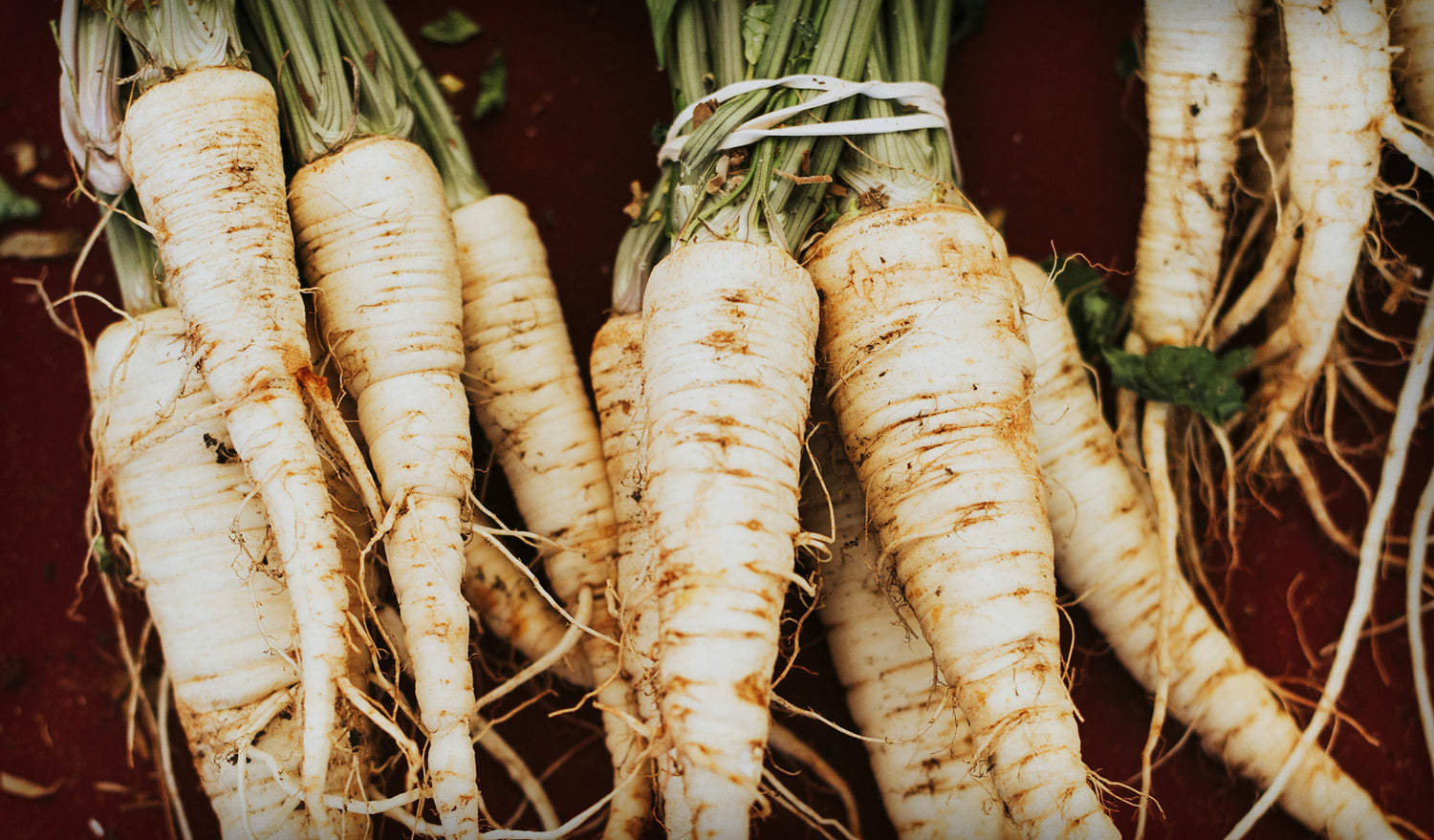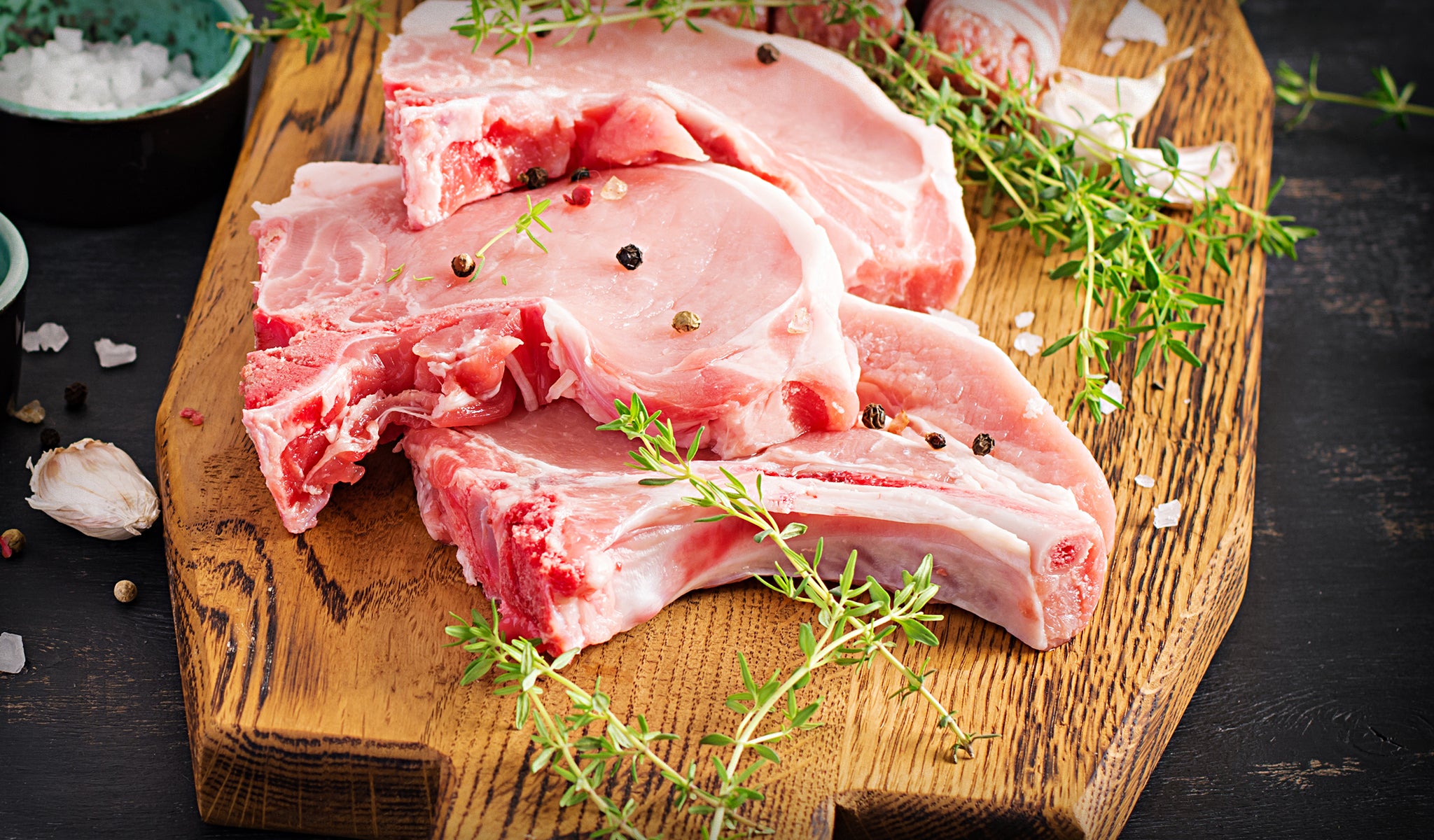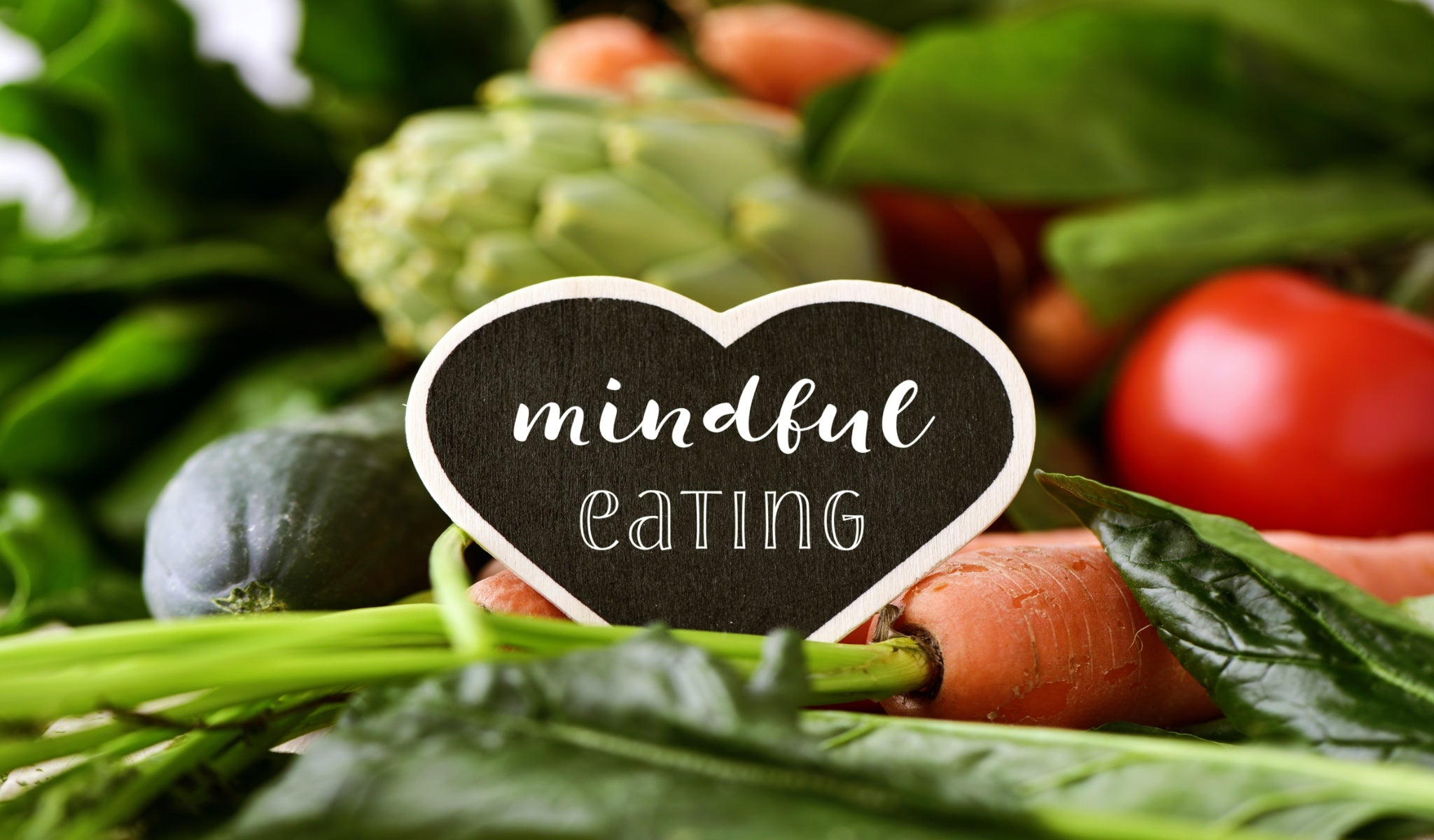ROOTING FOR PARSNIPS
The parsnip, like parsley, carrots, and celery, is a member of the Umbelliferae family. It resembles the carrot in the shape of its long, fleshy, edible root, while it’s green leafy top is similar to that of Italian flat leaf parsley. Unlike carrots trademark orange color, parsnips are creamy white. They can also grow larger than carrots, up to 15 inches in length and 3 to 4 inches across the top.
The roots have a mild celery like fragrance and a sweet, nutty flavor. Although parsnips can be harvested after the first frost of fall, winter parsnips taste best, because the long exposure to cold causes almost all of their starch to convert to sugars. In fact, part of the parsnips attraction to farmers is that it can be left in the frozen ground all winter, thawed out in the soil in spring, and then eaten.
Since young parsnip roots contain both sugar and starch, beer and spirits can be prepared from them. In northern Ireland, parsnips are often brewed with malt instead of hops and fermented with yeast to produce a pleasant drink, and in Wales, parsnip wine was once considered a gourmet delight.
HISTORY
The parsnip is reported to have originated in the Mediterranean area where wild forms were cultivated by the Romans for their edible root. Parsnips were held in such repute by the emperor Tiberius that he had them brought annually from the banks of the Rhine to Rome, where they were then successfully cultivated.
In the middle ages, the parsnip held an eminent place because it is both filling due to its high fiber and carbohydrate content and delicately sweet, having been harvested after the winter and its starches turn to sugars. Today we know that it is also highly nutritious.
By the 16th century, parsnips were cultivated in Germany and England. They were then brought to the New World by the colonists and introduced to the Indians, who grew them alongside beans and corn as a source of food in the winter.
Parsnips were a major staple food in Europe until the late 19th century, when they were finally upstaged by a new vegetable from the Americas - the more versatile potato. Meanwhile, during the colonial period through the 19th century in America, the parsnip was much more popular than the potato. In the dead of winter, the parsnip, its starch turned to sugar by a good freeze, was paired with salted fish to feed many a starving Protestant pilgrims, just as the parsnip had satiated the appetites of Europe’s Catholics during Lent. Colonists with plenty to eat also enjoyed parsnips, turning them into pancakes and puddings.
Today, parsnips are commonly grown in Europe and many northern areas of the United States but are not a popular vegetable in the south, as the weather rarely gets cold enough to induce the production of their sweet flavor.
NUTRITION
Parsnips are an excellent source of fiber, vitamin C, folic acid, pantothenic acid, manganese, and copper. They are also a very good source of niacin, potassium, and magnesium, and a good source of riboflavin and vitamins B6 and E.
Parsnips provide similar nutritional value as potatoes, the parsnips are lower in calories and contain about 50% of the protein and the vitamin C content of potatoes. However, parsnips are higher in fiber than potatoes. Also, while both parsnips and potatoes provide significant amounts of a number of B vitamins, the parsnip is a much better source of folic acid.
Although fresh parsnips are available year-round, they are best harvested after exposure to winters frost or a stay in a growers cold storage vault, during which time their starch is converted to sugars. Parsnips left in the ground until early spring will also be rich in natural sugars.
BENEFITS
Top 5 Benefits of Parsnips:
- Boosts eye health - Thanks to their high vitamin C content, parsnips help prevent macular degeneration and boost eye health.
- Improves digestive function and prevents constipation - The fiber in parsnips helps relieve and prevent constipation, along with improving overall digestion.
- Can prevent birth defects (as well as gym disease and more!) - The folate in parsnips help prevent birth defects, gingivitis, poor growth, tongue inflammation, shortness of breath, diarrhea, loss of appetite, forgetfulness, mental sluggishness, and irritability.
- Helps heart (and overall) health - Parsnips contain heart-healthy fiber and other nutrients like vitamin C and folate that are known to positively affect your ticker.
- Supports enzyme production and bone health - The manganese in parsnips help produce enzymes and are needed for health production of cartilage and bone.
LET'S EAT
Choose well-shaped, young, small to medium roots. Avoid limp, flabby, shriveled, or spotted parsnips. Parsnips can be stored in the refrigerator in a plastic bag for up to two weeks. Should you buy parsnips with their greens attached, be sure to snap off this foliage before storing, or the greens will pull nutrients from the roots. Cooked parsnips will keep for 3 to 5 days refrigerated.
Parsnips can be baked, boiled, sautéed, or steamed, but perhaps the easiest and most nutritious way to cook them is to parboil them with the skin on, then plunge them in cold water, after which the skins will slip off. Once the skins are removed you can slice the parsnips crosswise into coins or lengthwise into narrow strips and toss the slices in olive oil or butter and parsley or glaze them with a little honey or maple syrup.
If you choose not to parboil them, be sure to use a mild solution of additive-free soap or a produce wash and scrub them up well, since parsnip roots tend to shrivel easily in storage, and as a result they are often heavily waxed when marketed in retail channels.
Much like a potato, the parsnips dry texture is greatly improved by moisturizing accompaniments, such as olive oil, butter, milk, or yogurt. Like the sweet potato, parsnips natural sweetness also combines well with other natural sweeteners, such as honey or maple syrup, and spices such as cinnamon, nutmeg, allspice, and cloves. Four medium parsnips typically weigh about 1 pound, which will produce about 2 1/2 cups of the vegetable once cooked and diced.
CHECK IT TWICE
As a matter of caution should you decide to try harvesting and cooking wild parsnip, cases have been reported of people being poisoned by what they thought were wild parsnips, when what they had actually eaten was water hemlock (the most violently toxic plant that grows in North America), a plant that belongs to the same botanical family as the parsnip and has a very similar appearance.
RESOURCES:
- Dr. Axe
- The Encyclopedia of Healing Foods



